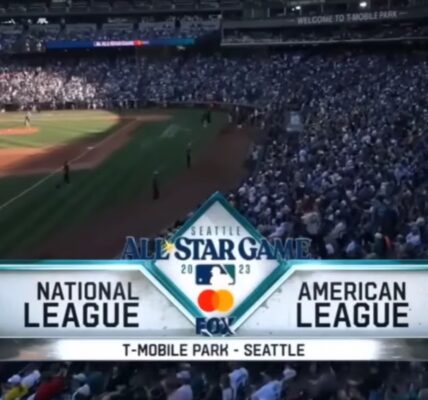In the world of baseball, where the thrill of every inning counts, the Mercy Rule emerges as a crucial aspect that can prematurely conclude a game. Also known as the Ten Run Rule or Skunk Rule, this provision aims to spare teams from prolonged defeats when the point difference becomes substantial. In this article, we delve into the nuances of the Mercy Rule, examining its variations across different baseball leagues and exploring the benefits it brings to the game.
The Ten Run Rule Explained
The simplicity of the Ten Run Rule becomes evident when one comprehends its basic mechanics. In a league that adheres to this rule, if a team secures a ten-run lead or faces a ten-run deficit by the end of five innings, the game concludes, declaring a winner. For the team with the lead, the game is over once the threshold is reached, whether it’s in the fifth or sixth inning. If the home team is winning, they skip batting in the bottom half of the inning, but if they’re losing, they get the chance to bat. Similarly, if the lead is maintained in the bottom of the seventh (in a seven-inning league), the game proceeds without invoking the Mercy Rule.
Benefits of the Ten Run Rule
The Ten Run Rule offers several advantages. In a sport devoid of time constraints, it ensures games end within a reasonable timeframe, preventing endless matches that can be tedious for both victorious and defeated teams. Crucially, it safeguards young pitchers from unnecessary exertion, maintaining their arm health. Moreover, it curtails the demoralizing experience of teams being on the receiving end of a score run-up, fostering a more balanced and sportsmanlike environment.
The Mercy Rule in Little League Baseball
Little League Baseball adopts a version of the Mercy Rule known as the Run Rule. This rule stipulates that if a team is leading by 15 runs after three innings or by 10 runs after five innings, the game concludes. Home team adjustments reduce the innings thresholds to two and a half and four and a half, respectively. It’s essential to adhere to the specific nomenclature of the Run Rule in Little League baseball.
The Mercy Rule in USSSA Baseball
In USSSA Baseball, the application of the Mercy Rule is contingent on the game’s duration. In a six-inning game, a 15-run rule applies after three innings, while an 8-run rule comes into play after four innings. Seven-inning games offer multiple run differential options, including 15 runs after three, 12 runs after four, or 8 runs after five.
The Ten Run Rule in High School Baseball
High school baseball introduces variability in the application of the Run Rule, often aligning with a 10-run threshold after five innings. Specific leagues or tournaments may have unique variations.
The Mercy Rule in College Baseball
College baseball’s Mercy Rule complexity stems from factors like conference affiliation and game duration. In a standard nine-inning game, if a team holds a 10-run lead after seven innings (or after the top of the sixth if the home team), the game concludes. A similar 10-run lead triggers the Mercy Rule after five innings (or after the top of the fourth if the home team).
FAQ
There is no Mercy Rule in AAA baseball, as the professional-level competition at this tier is deemed more even.
MLB does not employ a Run Rule, reflecting the competitive balance at the highest level.
While never say never, MLB’s competitive nature and balanced matchups make the implementation of a Run Rule highly unlikely.
A “Skunk” in baseball is an alternative term for the Run Rule or Mercy Rule, with variations depending on league and play level.
Conclusion
As we’ve unravelled the complexities of baseball’s mercy rule, we’ve looked at its application across leagues, recognising the nuanced variations that make each level of play unique. While the benefits of the rule are clear, the absence of the rule at the higher levels of the game, such as AAA and MLB, underscores the consistently cutthroat nature of pro ball. As the game evolves, the mercy rule remains an important aspect of ensuring fairness and sportsmanship at all levels of play.




